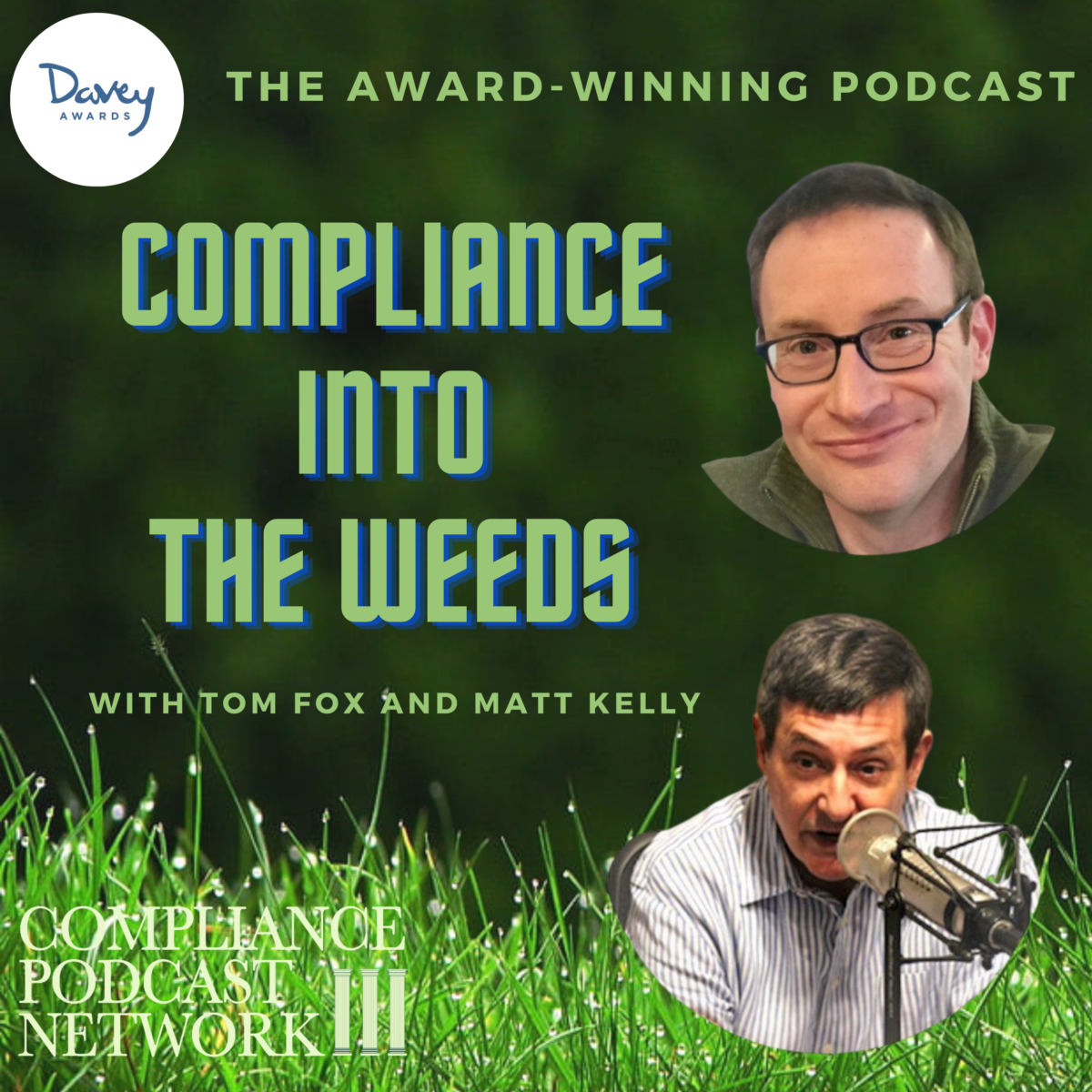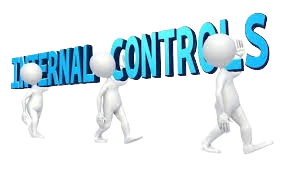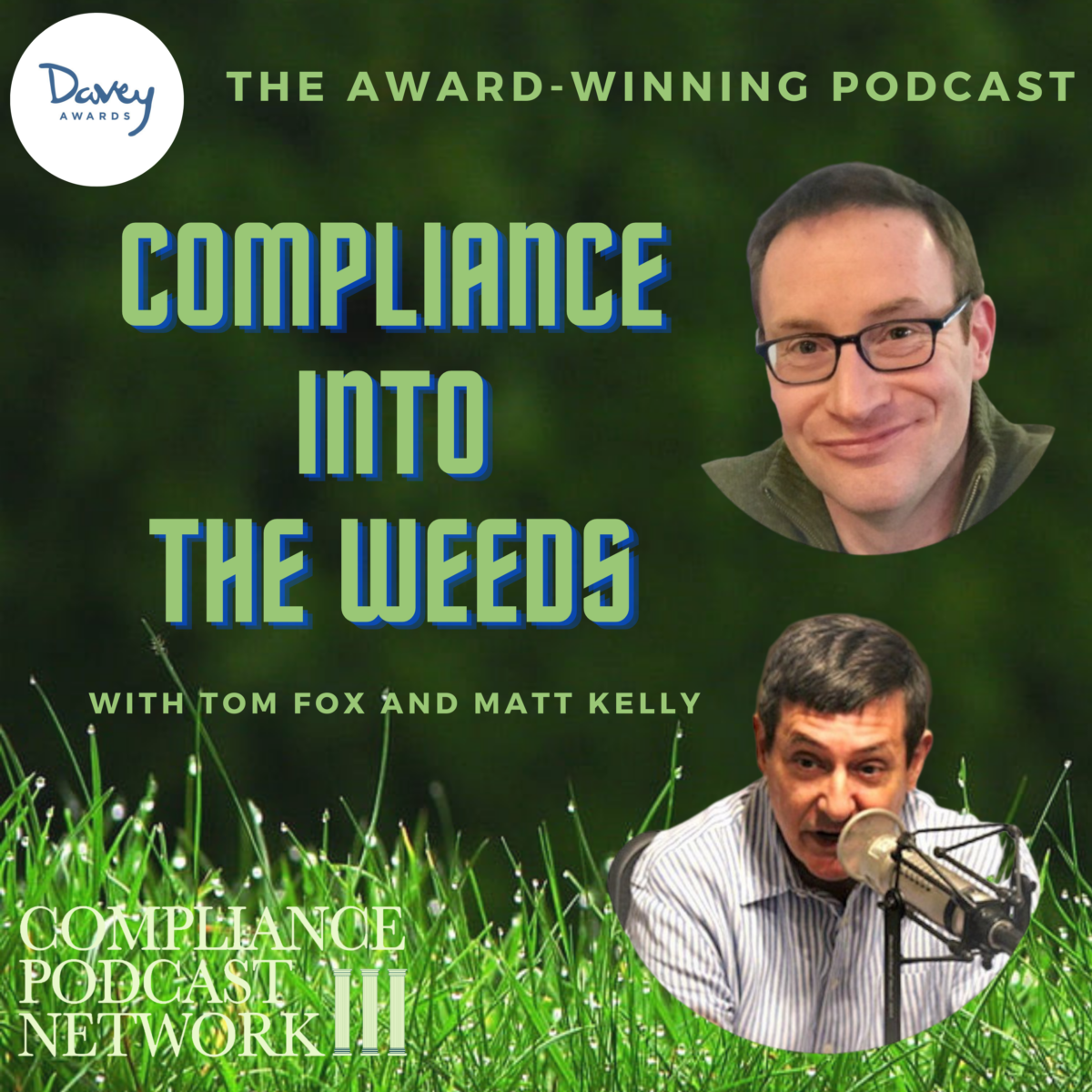Compliance professionals constantly seek to understand how systemic issues within corporate hierarchies can lead to severe consequences. The recent revelations about Bank of America’s (BoA) persistent workplace culture problems are a powerful reminder of compliance’s critical role in safeguarding employees and the organization.
This week, I will explore the BoA failure around workplace culture from various perspectives articulated by the Everything Compliance gang, including Karen Woody, Jonathan Armstrong, Matt Kelly, Karen Moore, and Jonathan Marks. This exploration will include the failure of internal controls, failures by the Board and senior management, culture failures around highly driven, self-selecting employees, and the cultural miasma that is BoA from a perspective from across the pond. In Part 3, we will consider the role of internal controls.
Internal controls are often seen as the backbone of an organization’s ability to operate efficiently, ethically, and within the bounds of the law. They serve as the safety net that catches errors deters fraud, and ensures that policies are not just theoretical but are put into practice. However, the recent revelations in the Wall Street Journal (WSJ) surrounding the culture of overwork at a major financial institution, where junior bankers were expected to work excessively long hours, shine a spotlight on a critical failure in internal controls—not in their design, but in their execution and monitoring. This blog post will explore the lessons compliance professionals can learn from this situation, focusing on implementing, actively managing, and enforcing internal controls.
Understanding the Control Environment
The control environment is at the heart of any robust internal control system. This includes the corporate culture, employee attitudes toward internal controls, and the tone set by senior management. It’s the foundation upon which all other aspects of internal control are built. When the control environment is weak or toxic, as in the situation under discussion, the entire control structure can crumble.
In this case, BoA had ostensibly implemented controls to prevent overwork—junior bankers were required to self-report their working hours. If they exceeded a certain threshold, this would trigger a review by HR. However, this control was ineffective because those responsible for enforcing it did not take it seriously. Managers instructed their subordinates not to report excessive hours, bypassing control entirely. Additionally, think about the basic conflict of interest (READ: Absurdity) in having the person the control was supposed to monitor input the information for the control to activate.
For the compliance professional, this emphasizes that your control environment is only as strong as the commitment of those enforcing it. Senior management must set the tone and ensure that it resonates throughout the organization. When internal controls are ignored or undermined, it’s often a sign that the control environment is flawed.
The Role of Monitoring and Remediation
Internal controls are not static; they require ongoing monitoring and, when necessary, fine-tuning or remediation. In the BoA situation, the institution needed to adequately monitor the effectiveness of its controls. Even after the tragic death of a junior banker, which should have been a clear signal that the controls in place were not working, there was no significant overhaul or improvement in the control environment.
Monitoring is a critical component of internal control, as it allows an organization to detect weaknesses and address them before they lead to significant issues. In this case, the failure to monitor and remediate allowed a toxic culture to persist for years, ultimately leading to repeated tragedies.
For the compliance professional, the lesson is clear: regular monitoring of internal controls is essential. When weaknesses are identified, they must be addressed promptly and effectively. A failure to remediate control weaknesses leaves an organization vulnerable to risks and can signal to employees that the controls—and the culture—are not taken seriously.
The Flaws of Self-Reporting as a Control
One of the most striking aspects of this case is the reliance on self-reporting as a key control mechanism. While self-reporting can be helpful, it is far from foolproof, especially in environments with significant pressure to conform to unrealistic expectations. In this instance, the control requiring junior bankers to self-report their hours was ineffective because the reporting was neither enforced nor monitored.
The problem with self-reporting as a control is that it places the onus on the individuals being controlled, which can create a conflict of interest. Employees may feel pressured to underreport or falsify their time to meet expectations or avoid repercussions. With independent verification and oversight, self-reporting is likely to be reliable.
For the compliance professional, the starkness of the lesson could not be more profound. Self-reporting should not be relied upon as the sole or primary control in a high-risk environment. It should be supplemented with independent verification methods, such as automated time tracking, regular audits, or cross-referencing with other data sources. This approach ensures that the data collected is accurate and that controls are truly effective.
Automation and Technology in Internal Controls
Given BoA’s size and sophistication, it is somewhat perplexing that more robust, automated controls were not implemented. In today’s technologically advanced world, numerous tools can automatically track employee hours, monitor for signs of overwork, and flag potential issues for review. These tools can remove the burden of self-reporting and provide more accurate, real-time data.
For example, many organizations use software that tracks employee computer activity, monitors login and logout times, and even tracks time spent on specific tasks. This data can then be used to identify patterns of overwork and take proactive measures to prevent burnout or health issues.
For the compliance professional, it is a direct lesson that leveraging technology can significantly enhance the effectiveness of internal controls. Automated systems can provide continuous monitoring, reduce the risk of human error, and offer objective data that can be used to identify and address potential issues before they escalate.
The Importance of a Holistic Approach
Finally, every compliance professional must recognize that internal controls cannot operate in a vacuum. Internal controls must be part of a broader, holistic approach to risk management and compliance. This includes fostering a strong ethical culture, regularly training employees at all levels, and ensuring transparent, accessible channels for reporting concerns.
With BoA, the failure was not just in the specific control related to work hours—it was a systemic failure across the organization. The culture of overwork was allowed to persist because the control environment was weak, monitoring was inadequate, and there was no serious commitment to remediation.
This final lesson learned for the compliance professional is that internal controls are just one piece of the puzzle. To be truly effective, they must be integrated into a comprehensive risk management framework that includes strong ethical leadership, ongoing education, and a commitment to continuous improvement.
Internal Controls as a Reflection of Corporate Culture
The tragic situation at BoA is a stark reminder of the critical importance of internal controls in maintaining compliance and a healthy and sustainable corporate culture. Internal controls are more than checkboxes—they reflect an organization’s values and priorities. When controls are ignored or undermined, they send a message that compliance, and by extension, employee well-being, is not a priority.
For compliance professionals, the key takeaway is clear: internal controls must be actively managed, monitored, and enforced. They must be part of a broader effort to create a culture of integrity and accountability. Perhaps most importantly, they must be seen as a dynamic system that requires constant attention and adjustment to remain effective. In a world where pressure on employees is greater than ever, robust internal controls are not just a regulatory requirement but a moral imperative.














